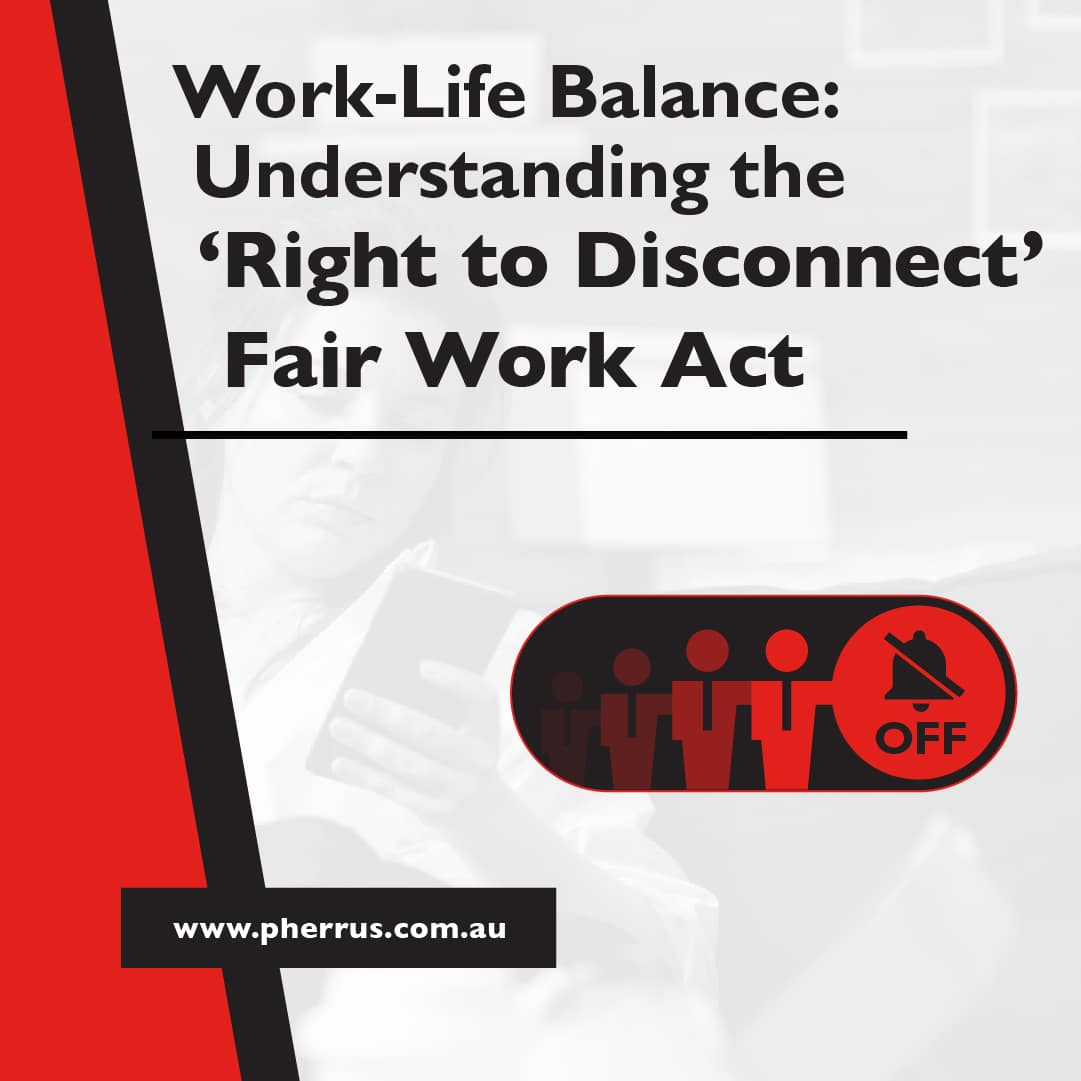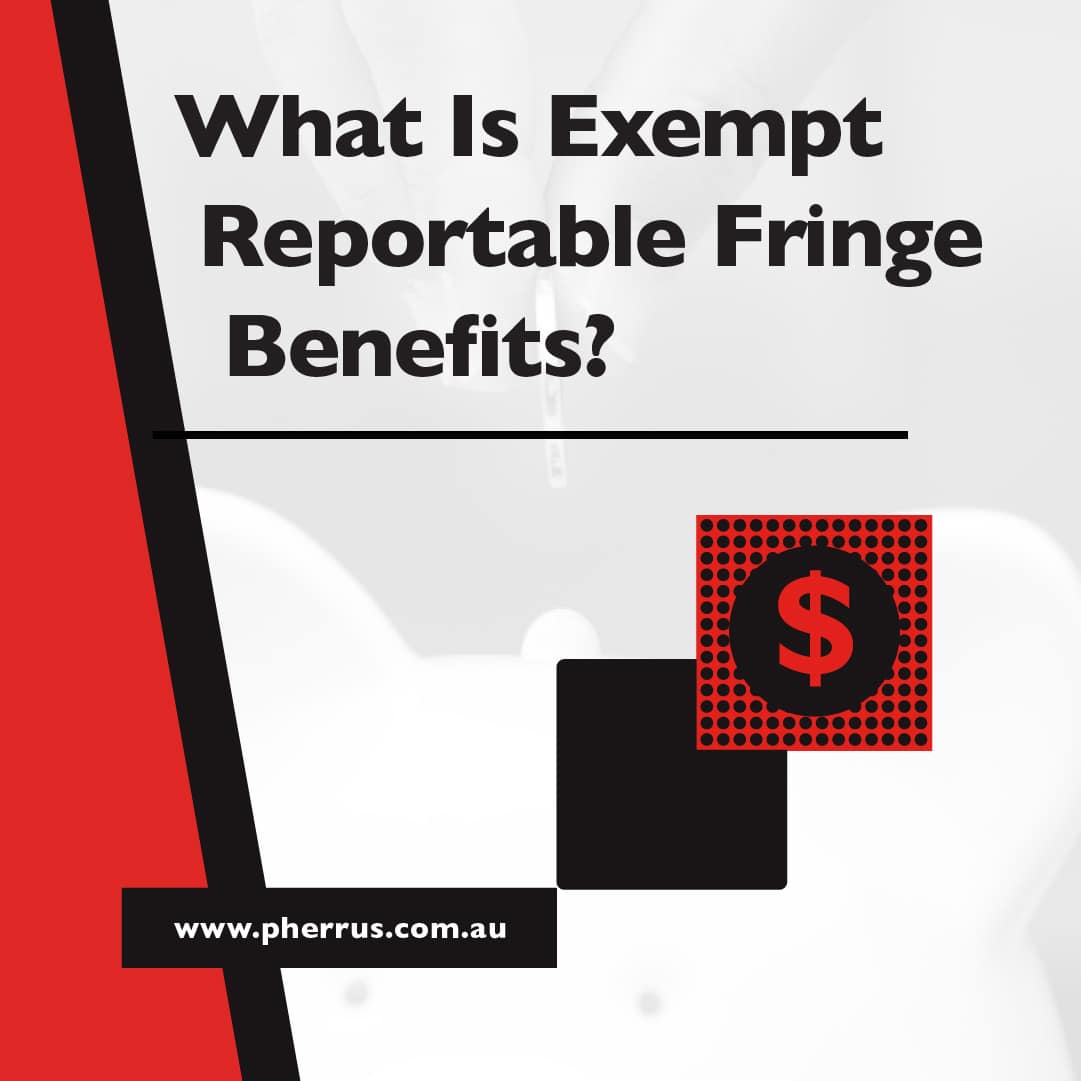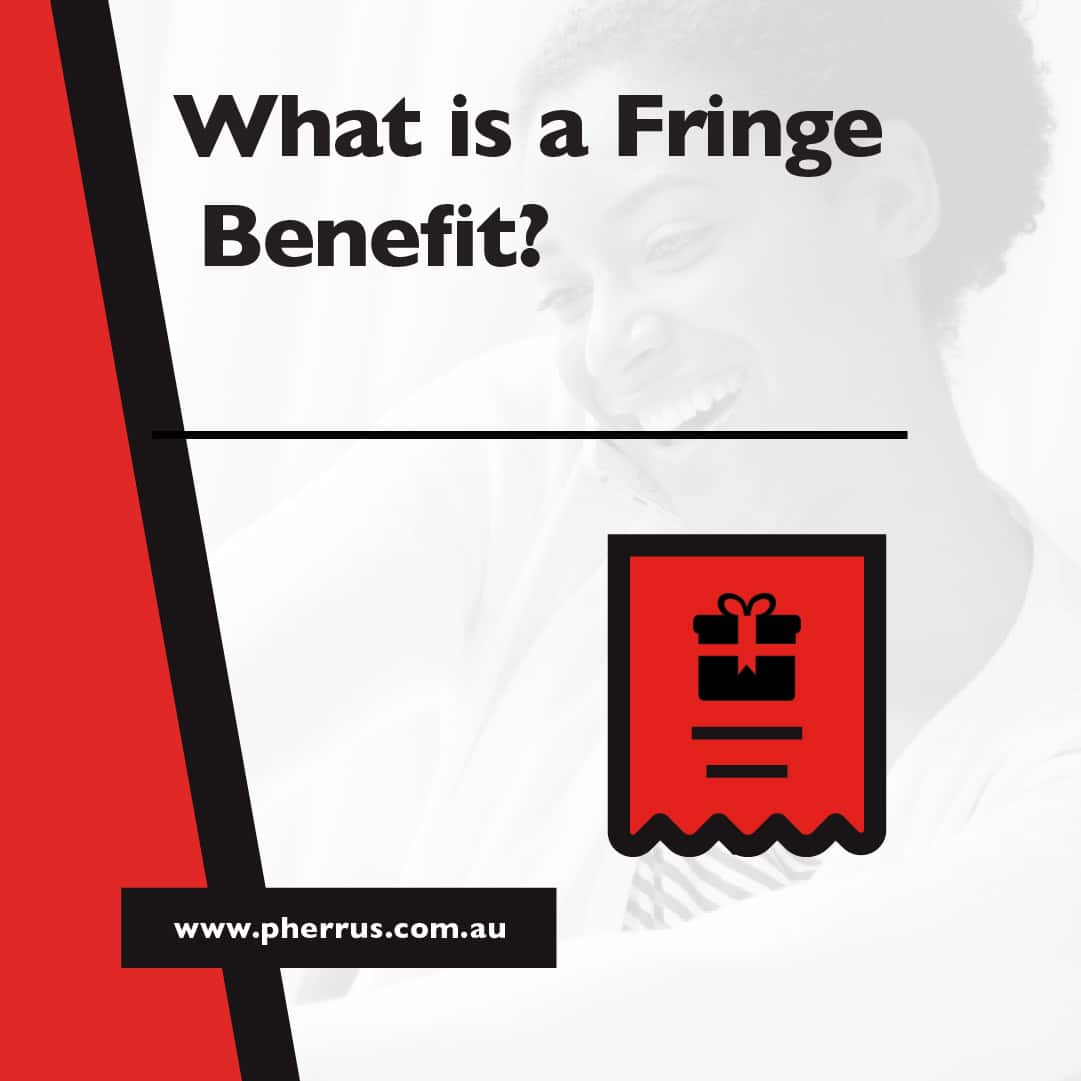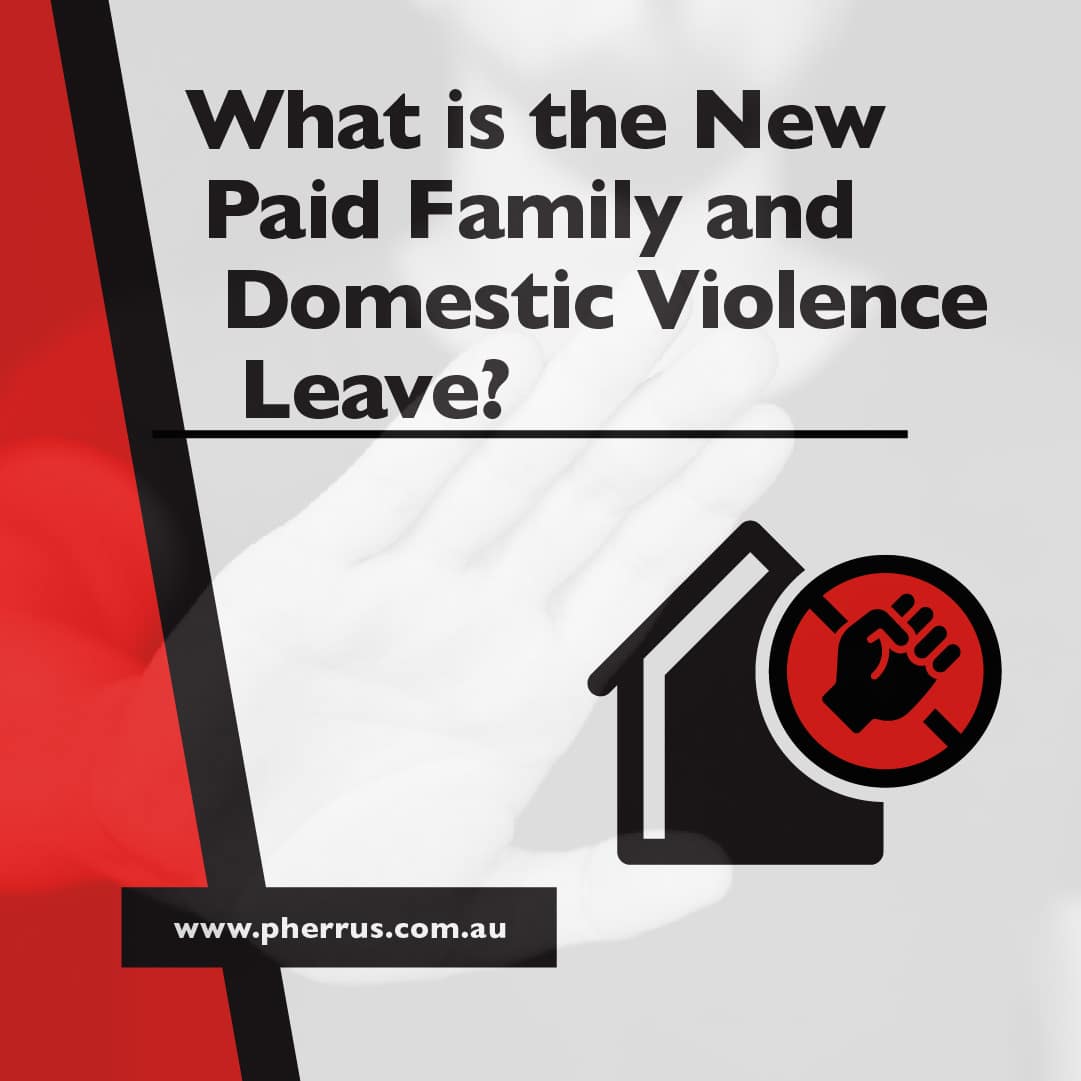Work-Life Balance: Understanding the ‘Right to Disconnect’ Fair Work Act
As an employee, you no doubt look forward to heading home and switching off at the end of a work day. But if work creeps into your personal time, with your employer contacting you after-hours, it can lead to stress and burnout. For employers, this effect on your employees can lower their job satisfaction and…










